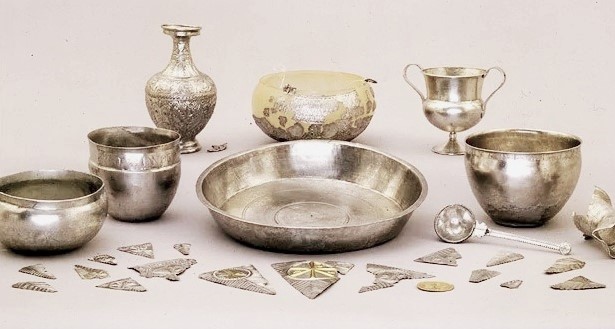
What is the Water Newton Treasure?
A hoard of 9 silver vessels and 19 plaques was discovered on the site of the walled Roman town of Durobrivae near Water Newton in 1975. Durobrivae is 7km to the west of Peterborough.
It dates from no later than the fourth century AD and many of the objects include Christian symbols. The hoard is widely regarded as the earliest known group of Christian silver.
Water Newton Treasure – Evidence & Finds
The objects were rescued from further plough damage in 1975 when a metal detectorist with interest in archaeology, Alan Holmes, spotted a large black metal pot. He initially thought the vessels to be lead or pewter but further investigation in conjunction with local archaeologist John Peter Wild revealed their true significance. A coroner’s jury declared the group to be Treasure Trove, and the hoard was acquired by the British Museum.
The various finds were found in, or on, a large shallow silver dish. The finder had kept the objects together and did not clean them. Scientific analysis by the British Museum was able to confirm that they had lain together over the centuries.
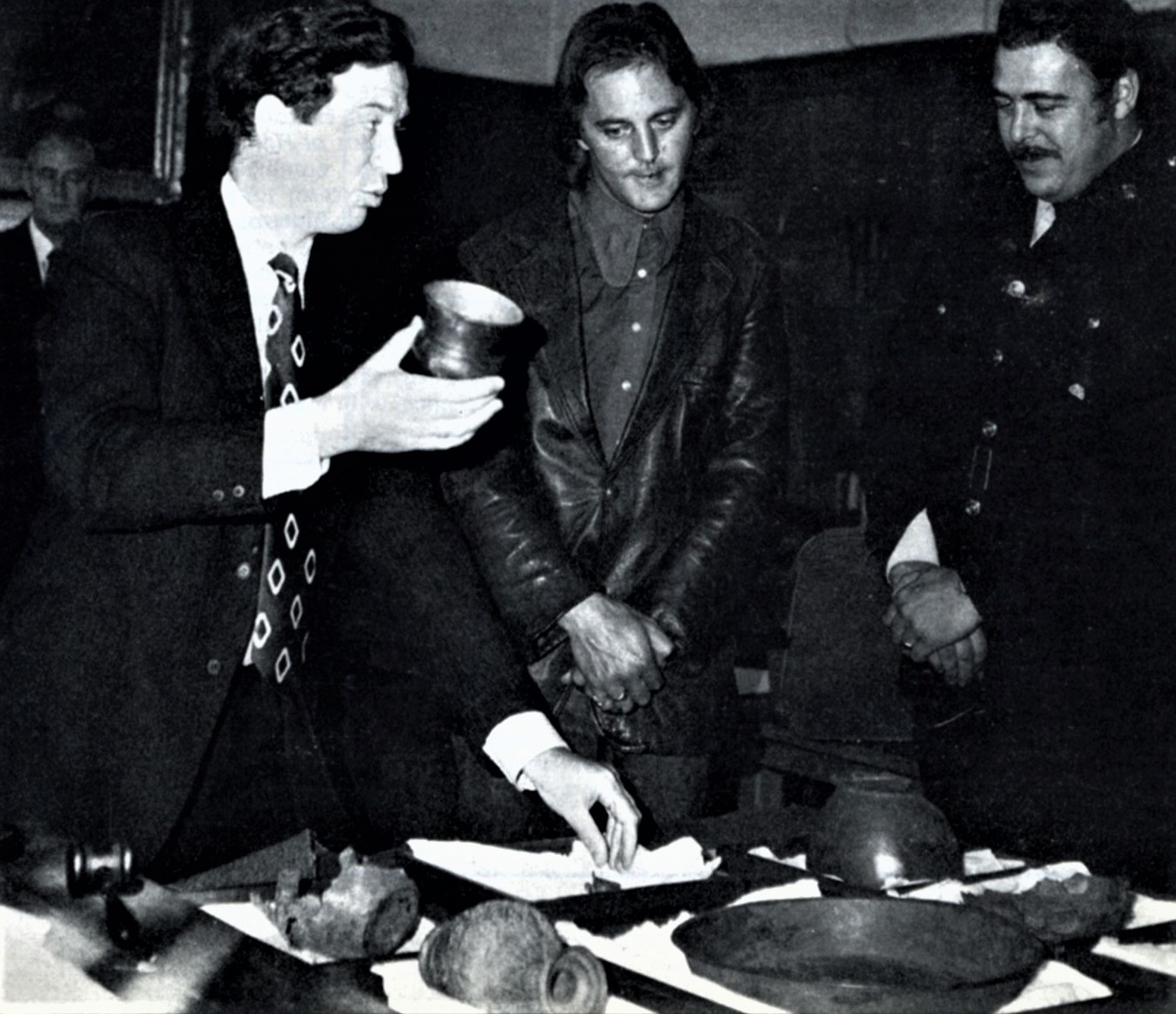
[photo credit – Current Archaeology]
The finder was able to specify the location of the hoard within the eastern side of the walled town of Durobrivae.
Some of the vessels had been damaged (probably by the plough) but 6 were more or less complete. The most striking is a two-handled goblet of the type which came to be used as a Christian chalice. A similar cup from Mzechta was dated to the late second or early third century AD.
There are three bowls of which two have inscriptions around their rims. Both inscriptions include the Chi-Rho with alpha and omega which was an early Christian symbol. Precise translation is difficult but the general sentiment is clear:
“O Lord I honour your sacred altar” [SANCTVM ALTARE TVVM D OMINE SVBNIXVS HONORO].
“Innocentia and Viventia offered this” [INNOCENTIA ET VIVENTIA ……..RVNT]
One of the votive plaques also includes an inscription:
“Anicilla has fulfilled the vow she promised” [ANICILLA VOTVM QVO(D) PROMISIT CONPLEVIT]
One of the most significant finds from a dating perspective is a highly decorated and very thin and fragile bowl. The decoration and presence of suspension rings suggests it was intended to be viewed from beneath – and was perhaps for burning incense. There are very similar examples (eg the Chaourse Treasure) dated to middle third century.
A decorated jug has also proved difficult to date though its form has been matched to late-third and early fourth century glass vessels.
The triangular plaques with leaf-like veins are of a type well known in pagan contexts across the Roman Empire. They were nailed up in temples as a sign that the donor had performed his vow. In a Christian context these plaques are thought most likely to date from the third century.
There is just one item of gold in the hoard – a disc with a Chi-Rho and alpha and omega.
Where did the Water Newton Treasure “Fit”?
The hoard raises many questions about when Christian beliefs became established in Roman Britain, how these particular objects were used, and the circumstances of their deposit.
Christianity experienced slow and steady growth in the empire during the third century with a shift away from a polytheistic system. It was only under Constantine in the fourth century that Christianity became a favoured religion. However, it seems likely that the Water Newton silver was being used as early as the third century by a practising Christian group, perhaps for baptism or for communion.
We have no certainty about why or when the objects were buried. Perhaps they had been stolen and hidden by thieves. Perhaps from a local church – but of course they were close to Ermine Street so might have been in transit. Perhaps they did belong to a local church but had to be hidden during a period of persecution: we know there were persecutions of Christians initiated in AD235, 250 and 257. And then there was the “Great Persecution” of AD 302-4 initiated by Diocletian when it is thought Alban, a citizen of Verulamium, probably died. Perhaps they remained in use much longer but their concealment was forced by the breakdown of rule of law in the late fourth or fifth centuries.
Why is the Water Newton Treasure Important?
The hoard is from no later than the fourth century AD. As Kenneth Painter concluded in 1977:
“The objects throw light on areas of the history of Christianity of which we know almost nothing. The Water Newton treasure is the earliest known group of Christian silver from the whole Roman Empire.”
The Water Newton Treasure in Pictures
The photos in this section are courtesy of the British Museum. The numbers used reflect the relevant museum reference number.
1. Decorated Jug (20cm high)
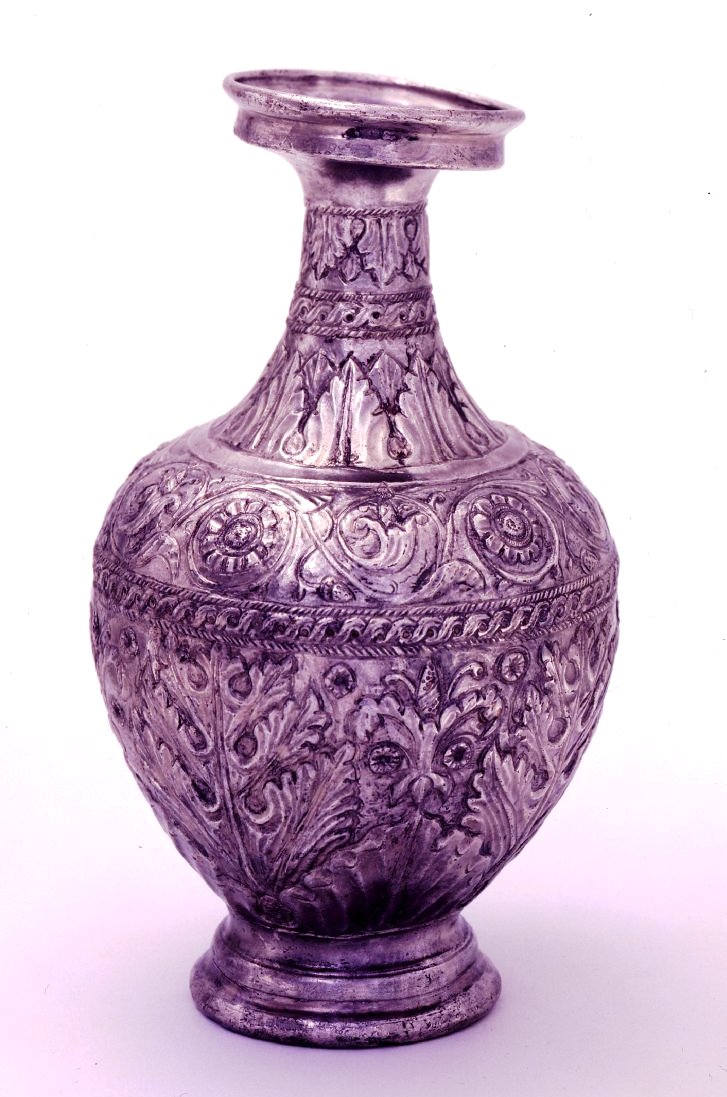
2. Facetted Bowl (18cm diameter)
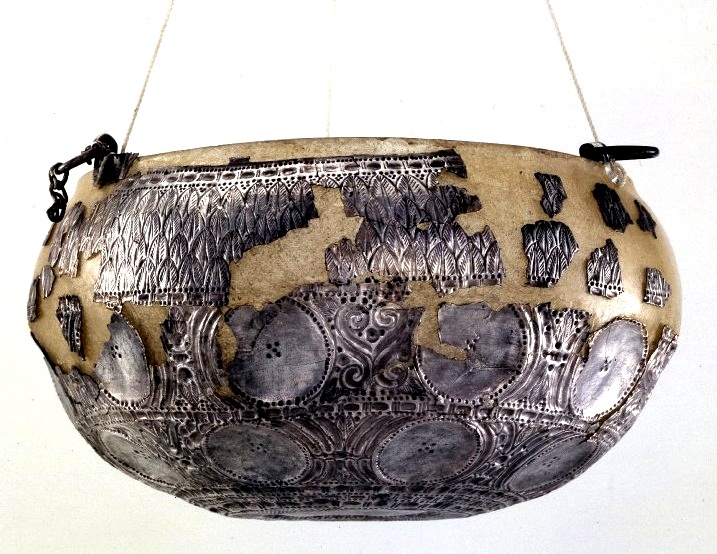
3. Plain Bowl (16cm diameter)
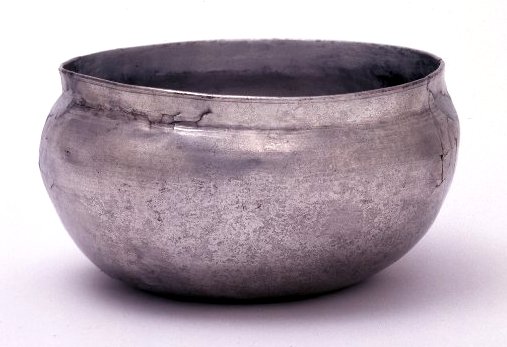
4. Inscribed Cup – Innocentia (15cm diameter)
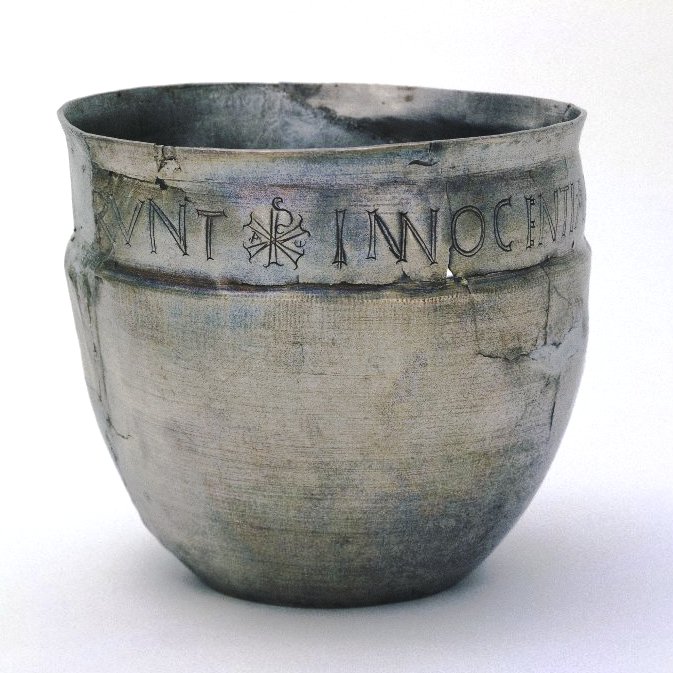
5. Inscribed Cup – Publianus (17cm diameter)
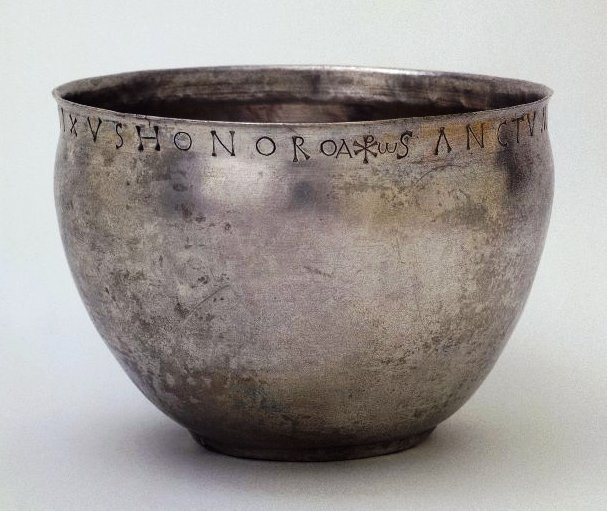
6. Handled Cup or “Chalice” (12.5cm height)
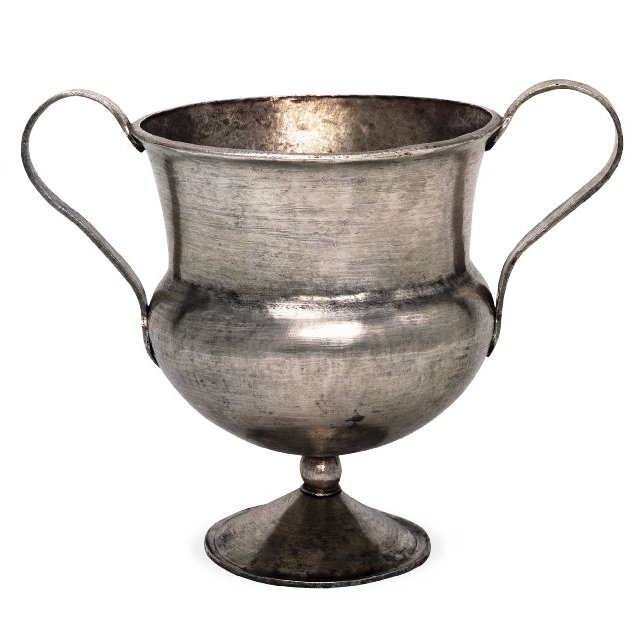
7. Plain Dish (33.5cm diameter – rim)
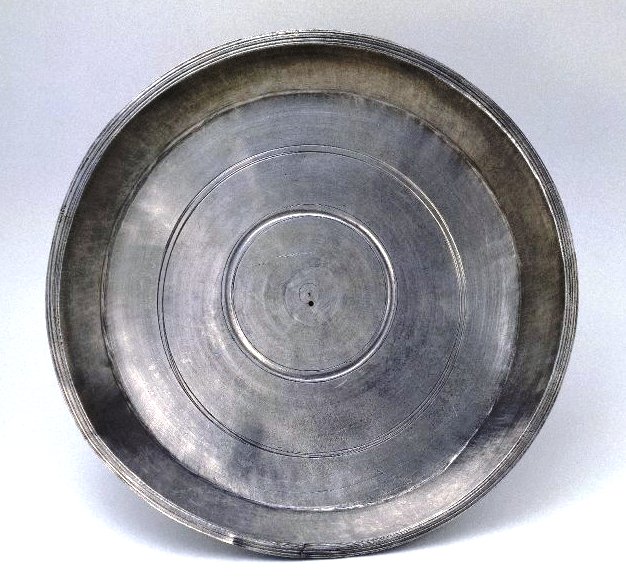
8. Spouted Jug (10.5cm height – rim to break)
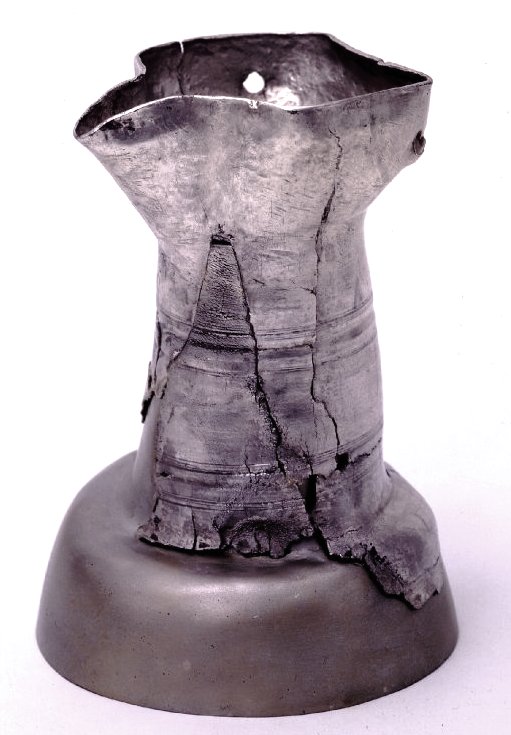
9. Strainer (20cm long)
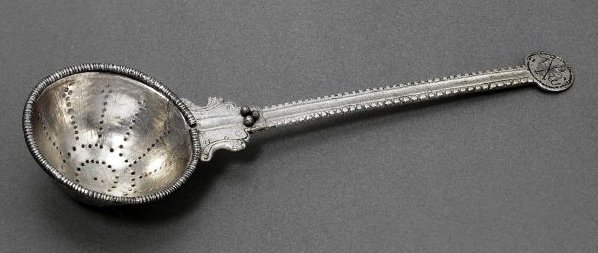
10. Plaque with Chi-Rho (13cm long)
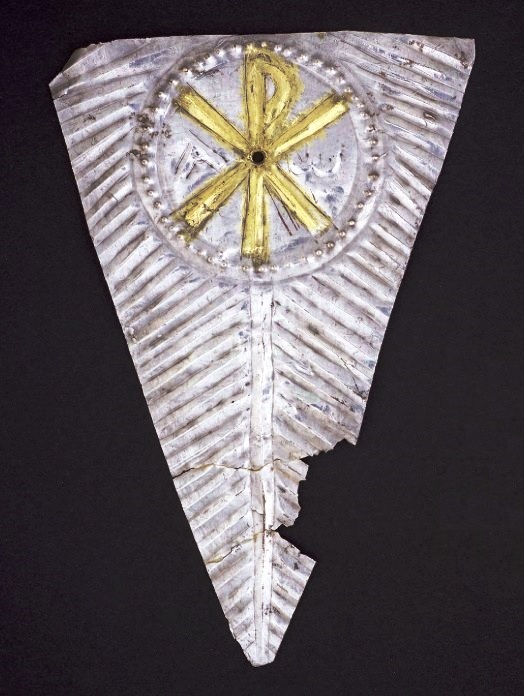
11. Gold Disc with Chi-Rho (5cm diameter)
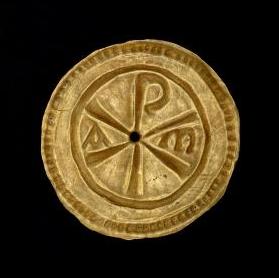
12. Plaque with Chi-Rho and Inscription (10cm wide)
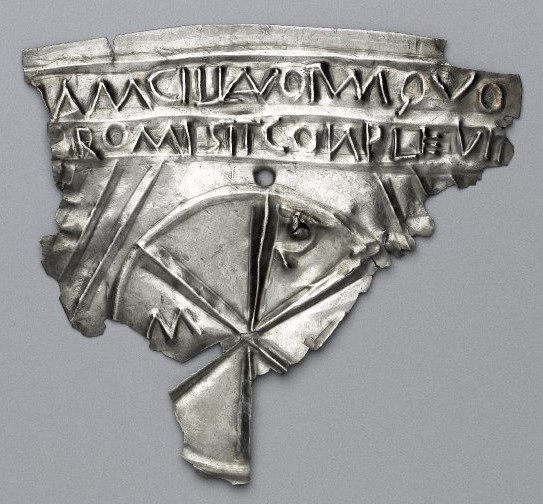
13. Plaque with Chi-Rho (11cm long)
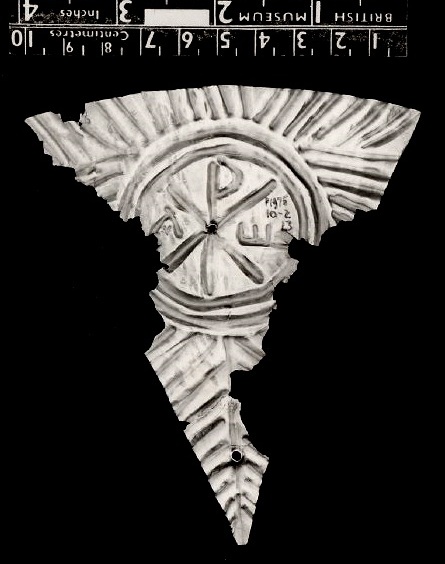
14. Plaque with Chi-Rho (7cm long)
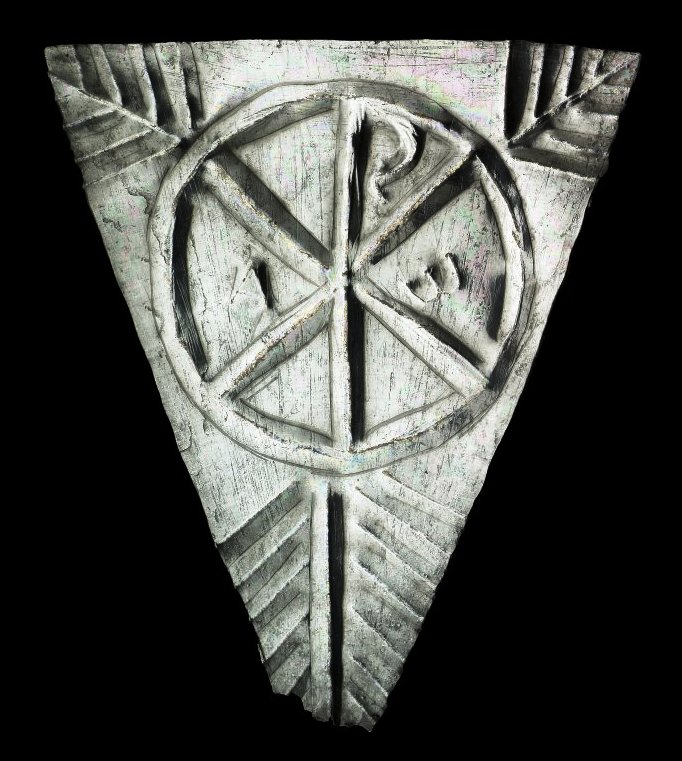
15. Plaque (7cm long)
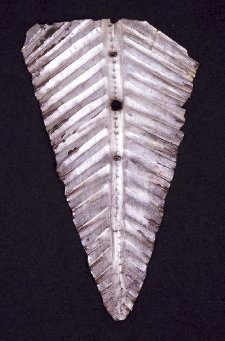
16. Plaque with Chi-Rho (7cm long)
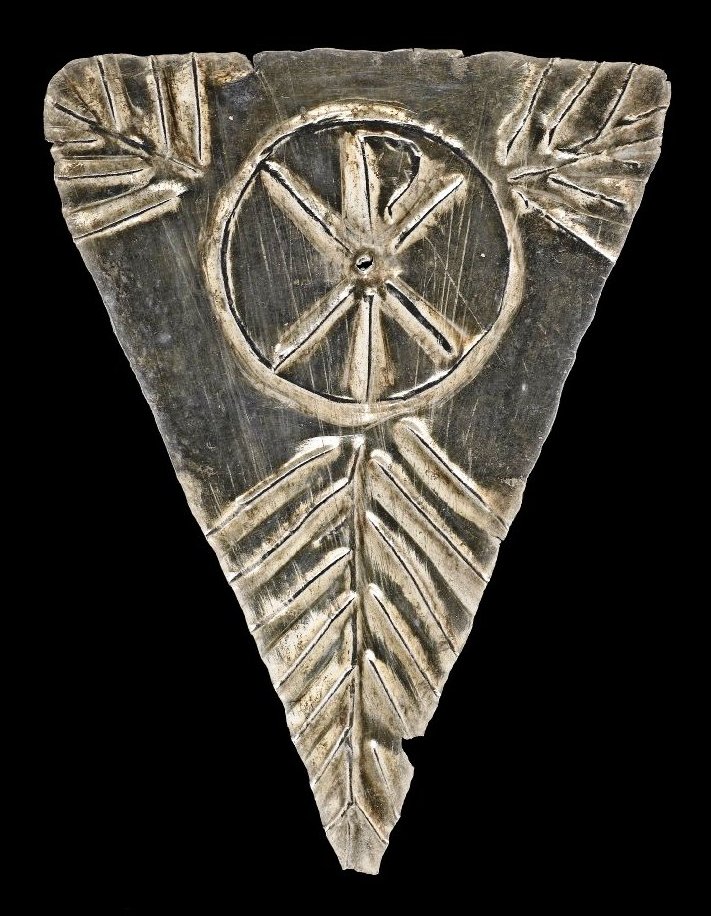
17. Plaque (8cm long)
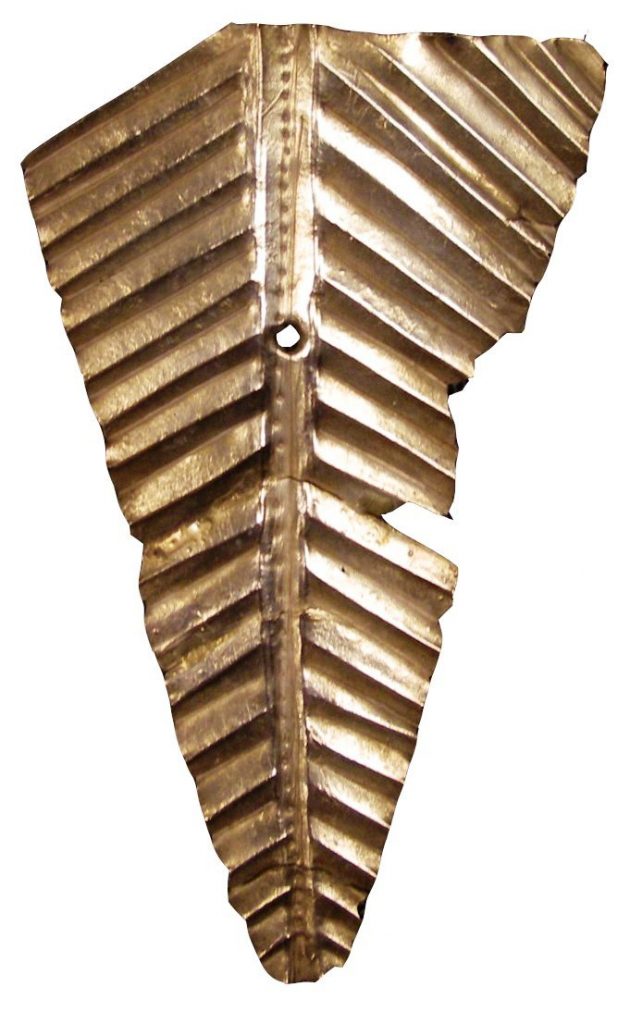
18. Plaque with Chi-Rho (16cm long)
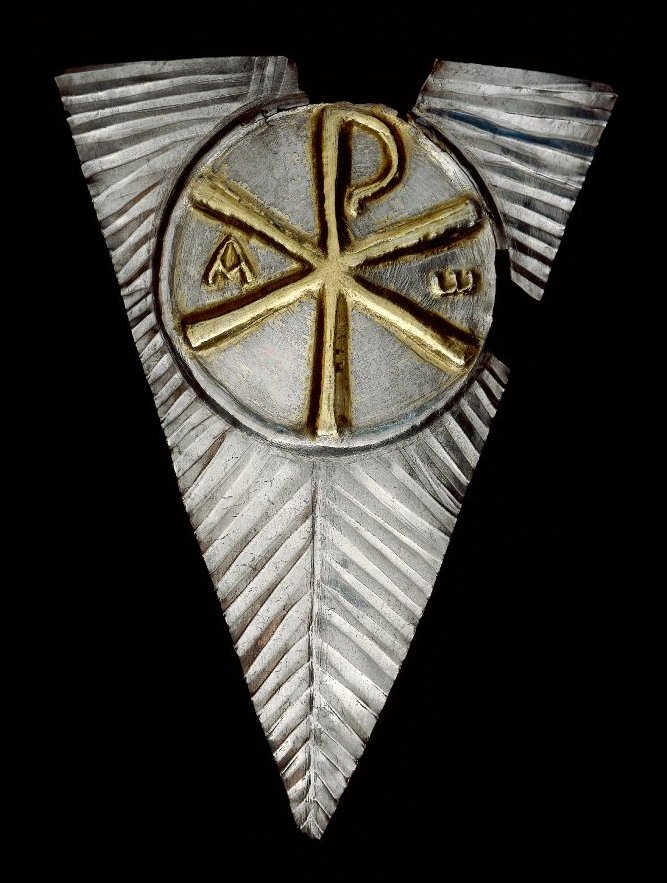
19. Plaque with Chi-Rho (5cm long)
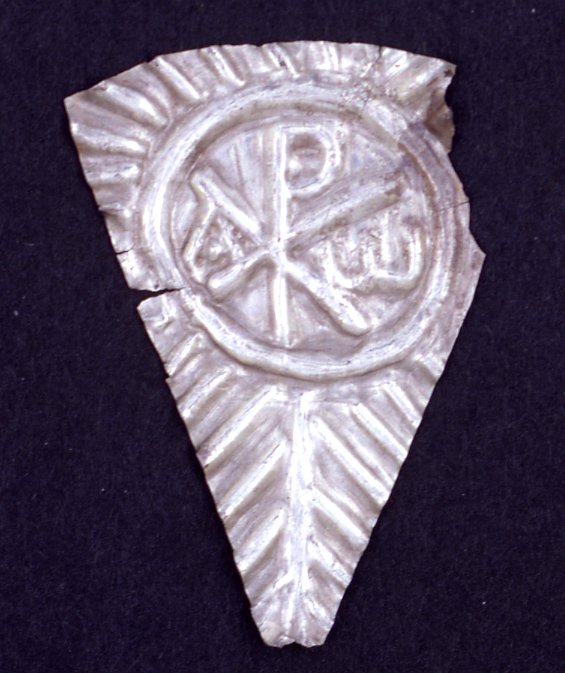
20. Plaque (6cm long)
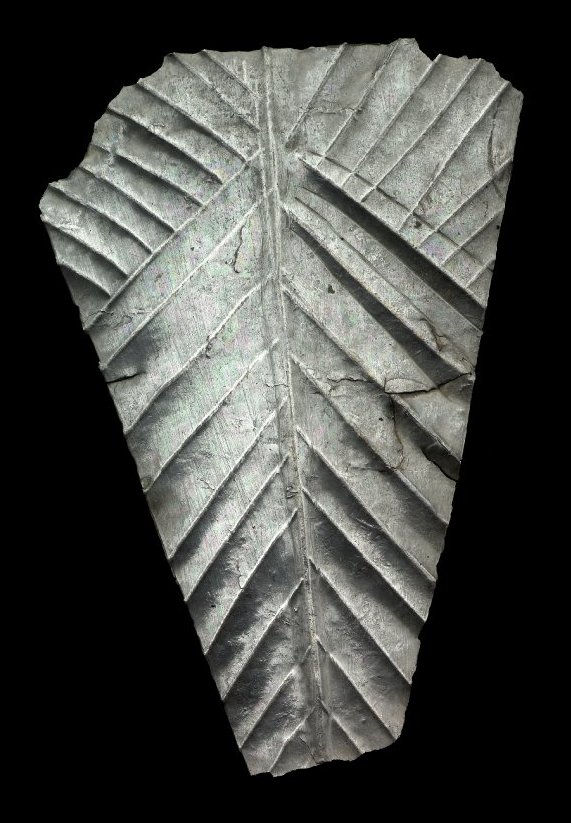
21. Plaque with Chi-Rho (6cm long)
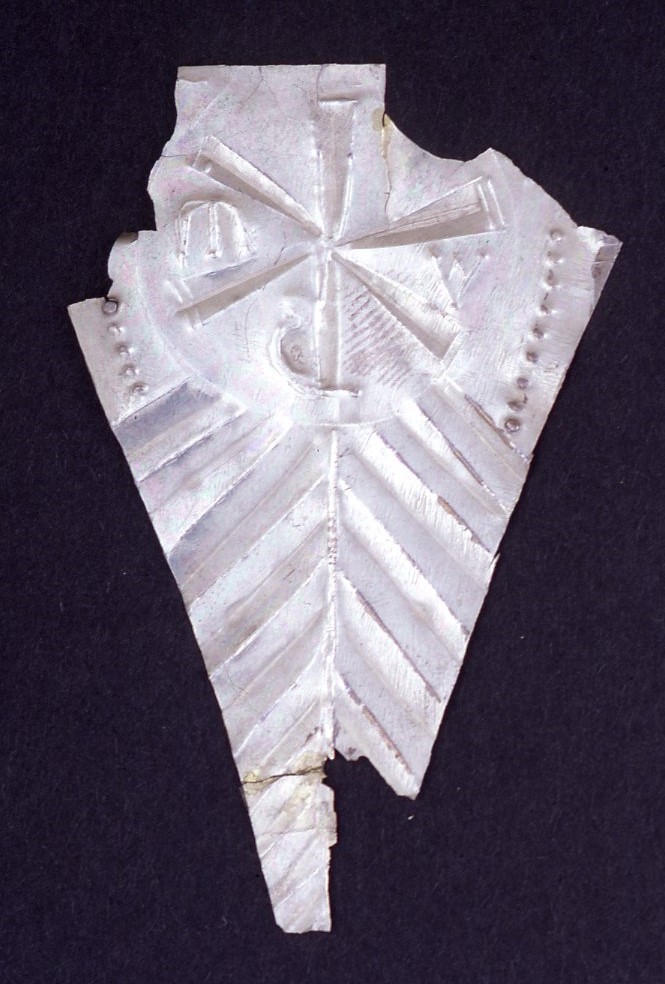
22. Plaque with Chi-Rho (8cm long)
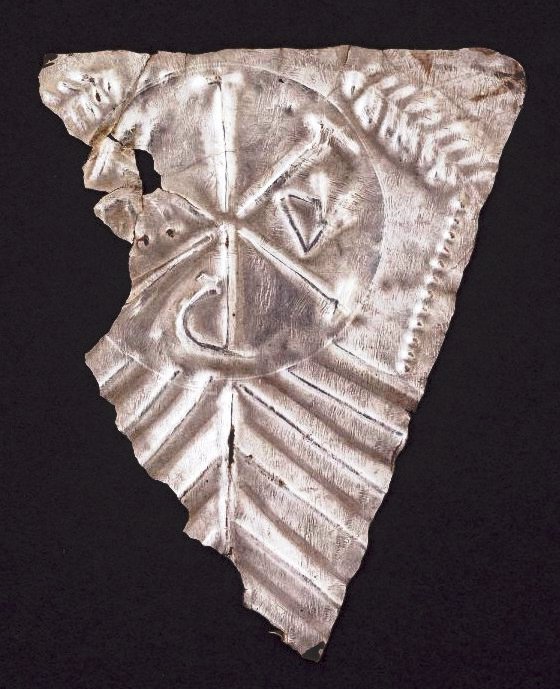
23. Plaque (7cm long)
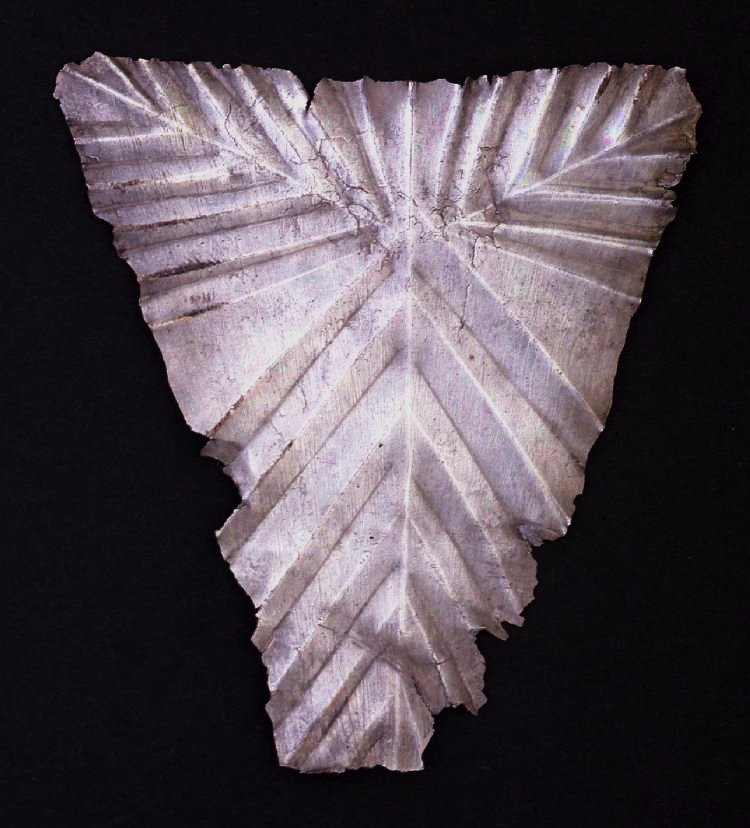
24. Plaque – Fragment (4cm long)
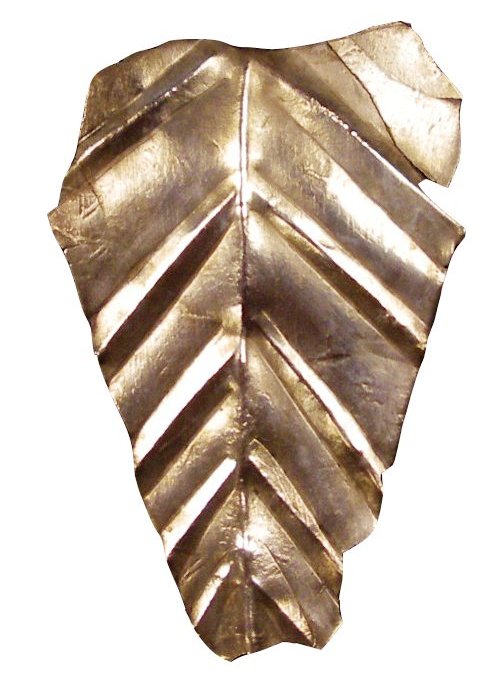
25. Plaque (8cm long)
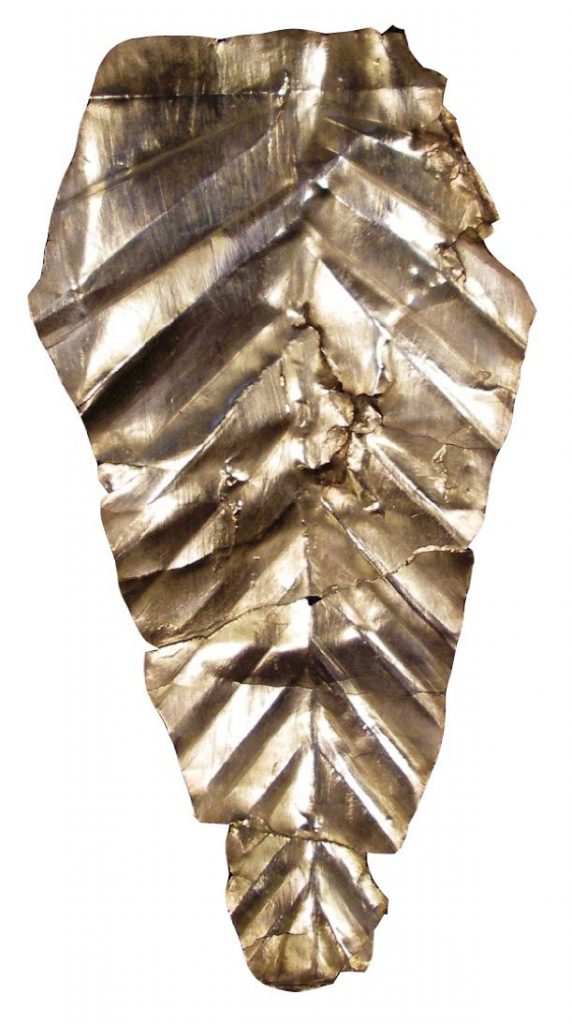
26. Plaque (6cm long)
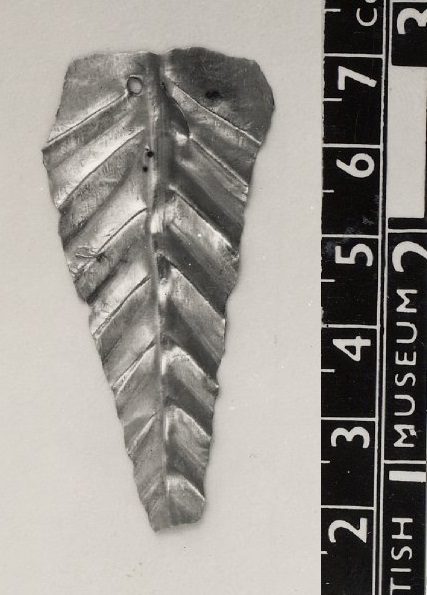
27. Plaque (7cm long)
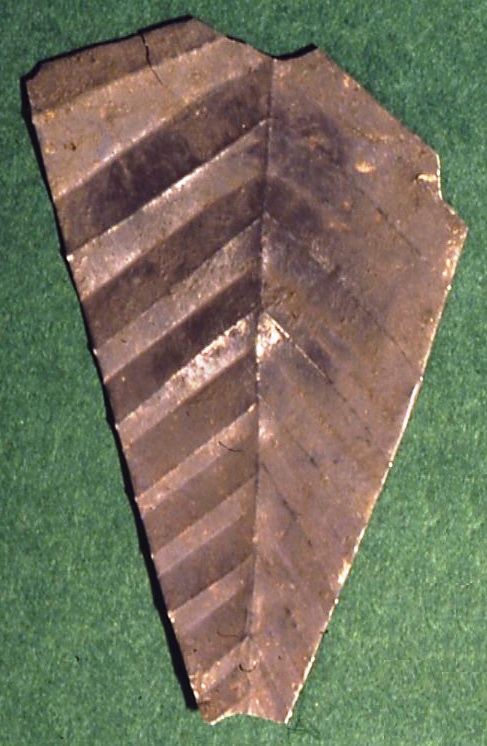
More Information about the Water Newton Treasure
The Water Newton Early Christian Silver, Kenneth Painter, British Museum, 1977
The Water Newton Hoard, Current Archaeology, January 1976
The Water Newton Silver. Votive or Liturgical?’, Kenneth Painter, JBAA 152 (1999)
Christianity in the East of Roman Britain, Martin Henig, Nene Valley Archaeological Trust
Metal Detecting and Archaeology


